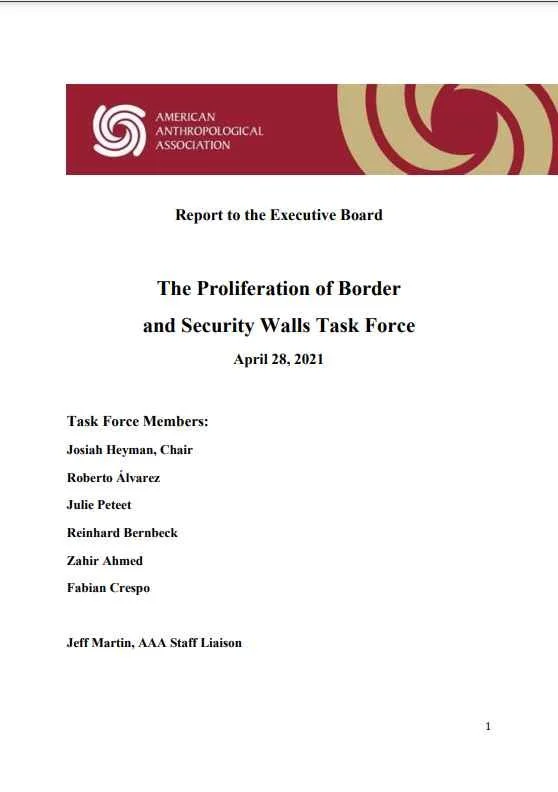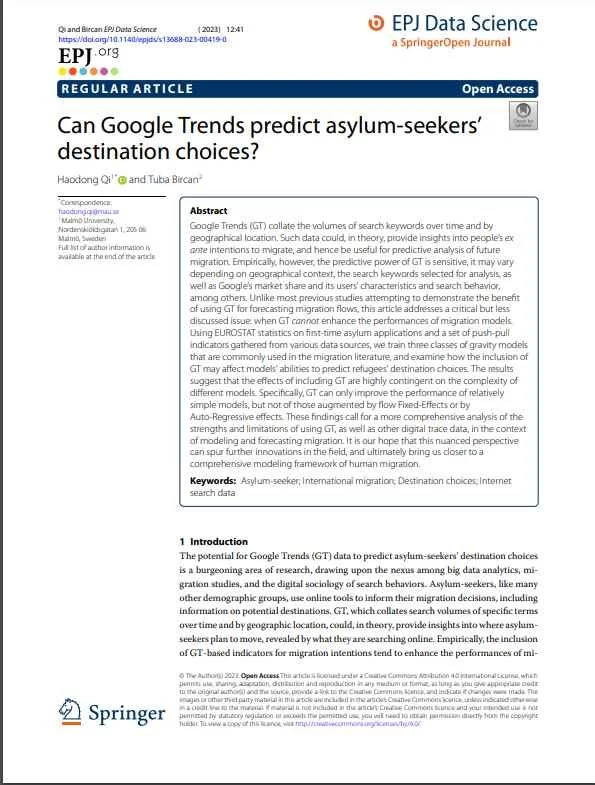By Syed Muhammad Ishraque Osman, Antonia Gkergki
Limited scholarly attention has been devoted to examining the impact of immigration on developing economies relative to developed ones. Even the impact of immigration on developed nations continues to be a subject of intense debate. The voluminous empirical literature that has emerged in this field is far from conclusive. In this paper we test the impact of an unprecedented increase in immigrants with dissimilar social, but similar human capital on the host country’s crime. To do this we explore the Syrian refugee influx in Turkey. Our work contributes to the new area of research in the literature by examining how immigrants with varying levels of social capital affect emerging economies rather than developed ones. We found no impact on violent crime, but found a significant impact on non-violent crime. Using a more machine learning approach of ‘Trajectory Balancing’, we found our significant impact result for the non-violent crime to be robust and strikingly close. We also use 'Causal Forest' which is one of the most sophisticated (if not the most) causal machine learning methods. Using Causal Forest, we effectively unmasked the average treatment effect on the non-violent crime rate and investigate the heterogeneous treatment effect depending on region level characteristics, which can greatly assist policymakers in this regard. We also argue that the higher impact on non-violent crime rate is due to the displacement of natives by migrants, from the more competitive informal job (agricultural) sector in the treated regions
Unpublished paper, 2023. 41p.






















